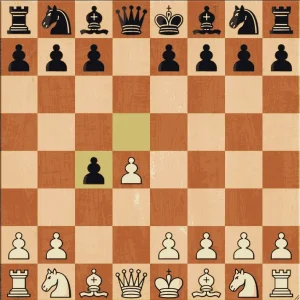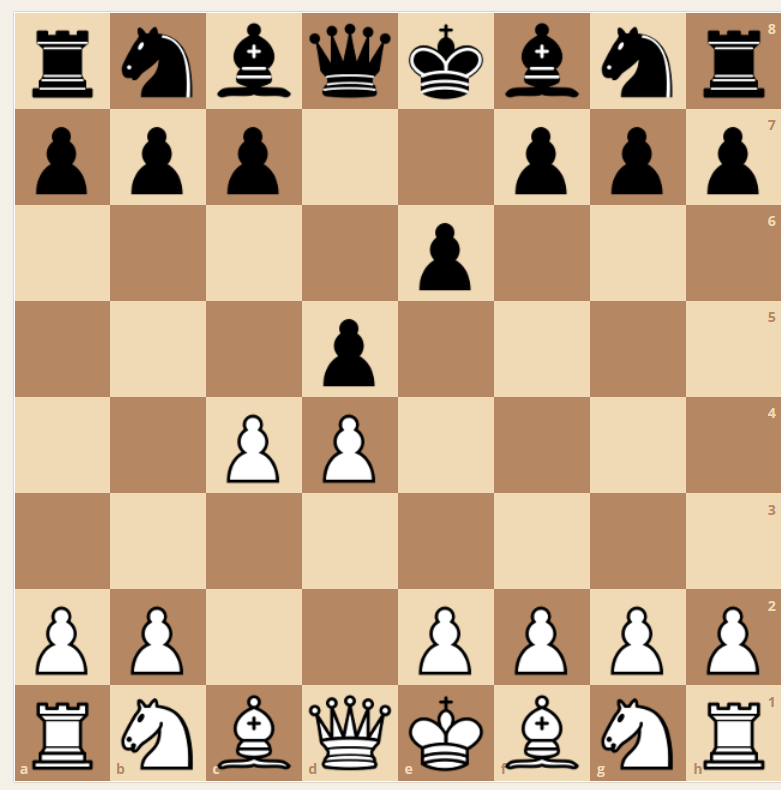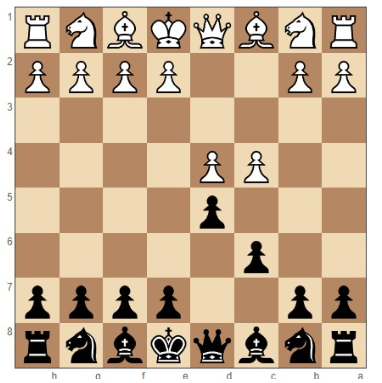♟️ Master the Queen's Gambit: Chess Opening Guide
The Queen’s Gambit is one of the most popular and time-tested chess openings. Known for its strategic depth and central control, it starts with:
1. d4 d5
2. c4
White offers the c4 pawn to disrupt Black’s center and accelerate development — a "gambit" that builds momentum.
🧠 Why Play the Queen’s Gambit?
- Control the board’s center early
- Fast piece development
- Creates dynamic, attacking opportunities
This opening suits tactical players and strategists alike, making it a favorite at all levels — from club players to grandmasters.
🔍 Key Variations Explained
1. Queen’s Gambit Accepted (QGA)
1. d4 d5 2. c4 dxc4
In this line, Black grabs the pawn. White responds with moves like e3 and Bxc4, recovering the pawn while gaining rapid development. Target Black’s queenside for pressure.

2. Queen’s Gambit Declined (QGD)
1. d4 d5 2. c4 e6
Black declines the gambit, aiming for solid structure. White typically follows up with Nc3, Nf3, and Bg5 to create tension and prepare an eventual e4 push.

3. Slav Defense
1. d4 d5 2. c4 c6
A solid reply by Black — tougher to crack. White must find creative ways to generate initiative and avoid early exchanges.

🔑 Strategic Tips for Queen’s Gambit Players
- Develop with purpose — aim pieces at the center and pressure key squares like e6 and c6.
- Castle early for safety and prep for a kingside push with f3, g4, and Bh6.
- Use open files to activate your rooks, especially c and e files.
- Watch for tactical shots: skewers, pins, and sacrifices often appear due to cramped Black positions.
🧩 Sample Line: Queen’s Gambit Accepted
1. d4 d5
2. c4 dxc4
3. e3 (Prepping bishop recapture)
4. Bxc4 Nf6
5. Nf3 O-O
This setup lets White build momentum while keeping kingside secure.

